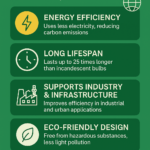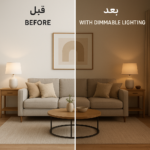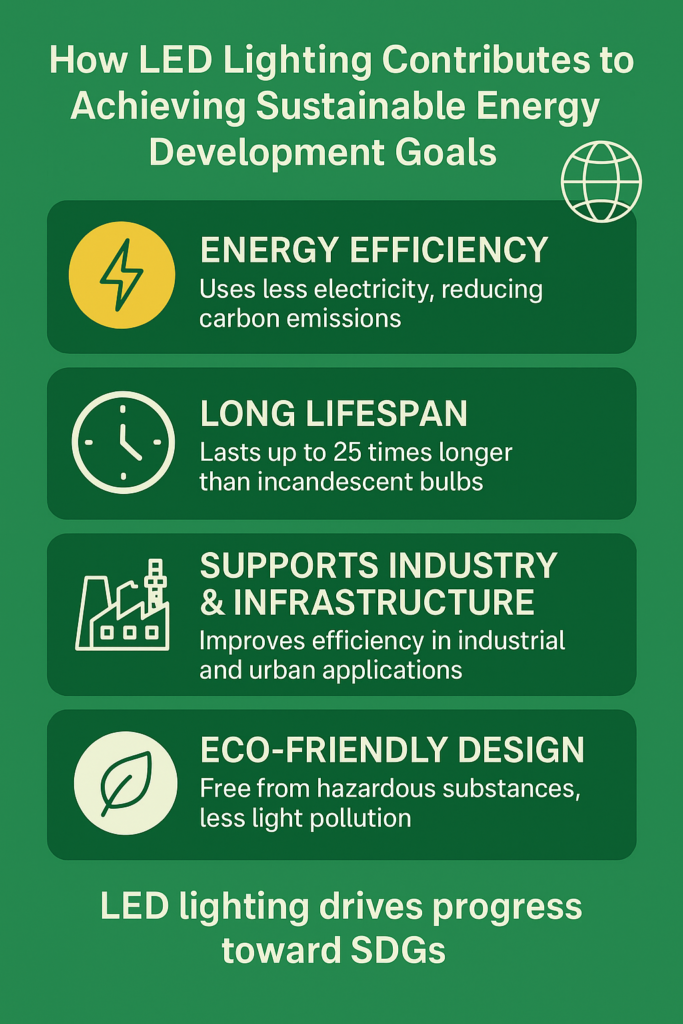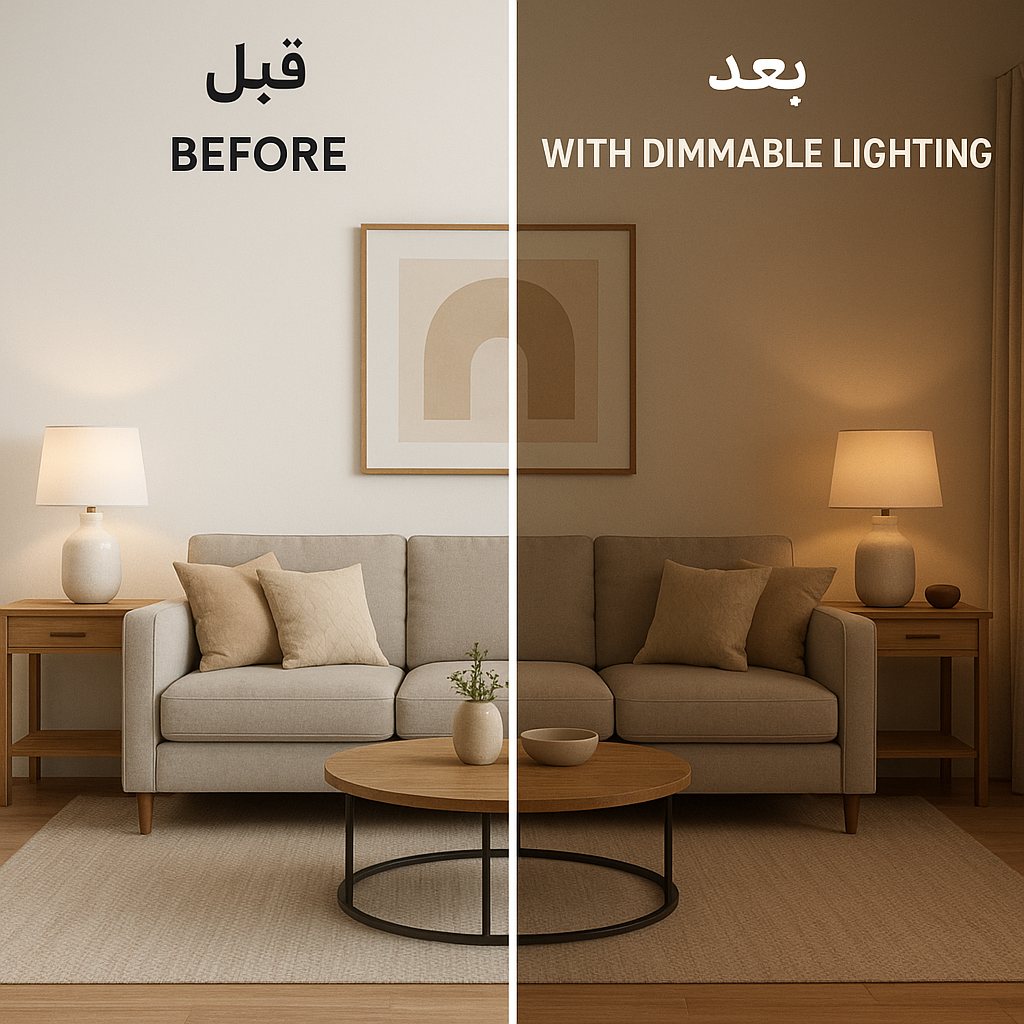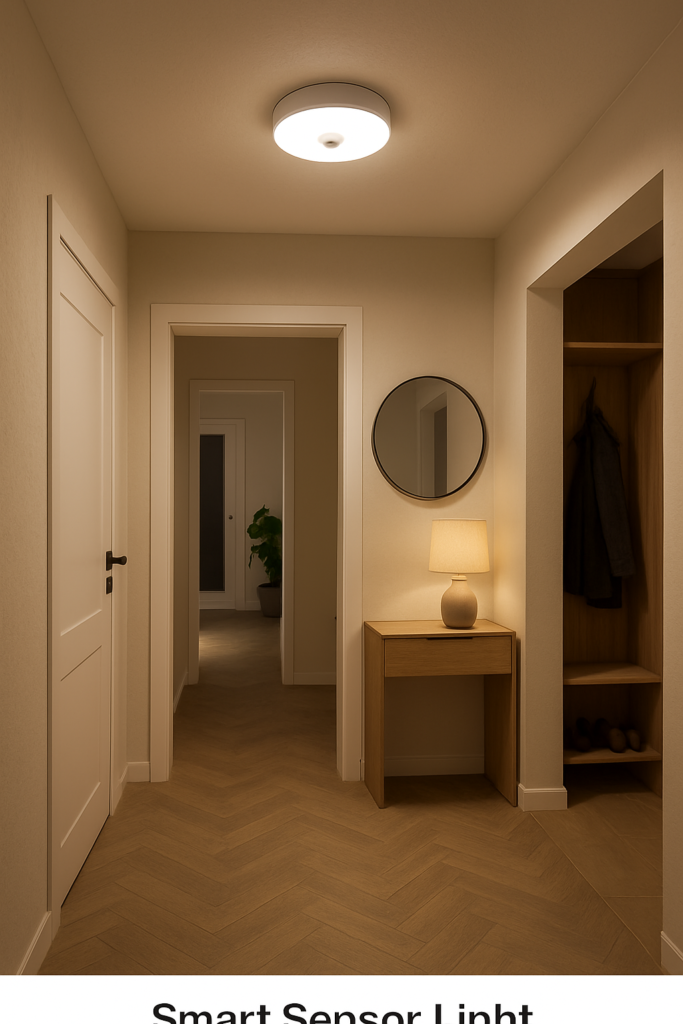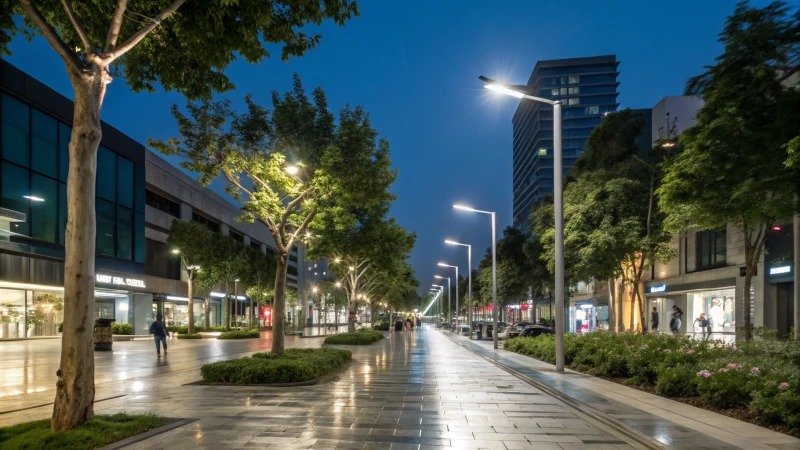How LED Technology is Leading the Way :The Future of Sustainable Lighting
Let’s be real—nobody enjoys paying sky-high electricity bills, and wouldn’t it be great if your lights lasted a lifetime? Meet LED technology, the unsung hero of sustainable lighting! These small but powerful bulbs are transforming the way we illuminate our homes, workplaces, and even entire cities. Say farewell to wasteful, energy-hogging bulbs and hello to long-term savings, a healthier planet, and a brighter, more vibrant space!
How LED Technology Supports Sustainability
1. Energy Efficiency and Reduced Carbon Footprint
Did you know that traditional light bulbs waste about 90% of their energy as heat? That’s like buying a coffee and spilling almost the entire cup before taking a sip! LEDs, on the other hand, use up to 80% less energy, keeping your home bright without burning a hole in your pocket—or the planet.
2. Longevity and Reduced Waste

If changing light bulbs feels like a never-ending chore, you’ll love LEDs. While an old-school incandescent bulb lasts about 1,000 hours (barely enough for a year of cozy movie nights), an LED can shine for 25,000 to 50,000 hours! That’s decades of light with minimal replacements—talk about a glow-up!
3. Reduced Toxic Materials
Unlike CFL bulbs that contain mercury (yikes!), LEDs are completely free of toxic substances. No hazardous waste, no environmental headaches—just clean, green lighting.
Applications of LED Technology in Sustainable Lighting
1. Residential and Commercial Use

From funky mood lighting in your living room to sleek office setups, LEDs are taking over homes and businesses. Bonus: Smart LED systems let you change colors, set schedules, and control brightness with a tap on your phone. Mood lighting, anyone?
2. Street Lighting and Urban Infrastructure
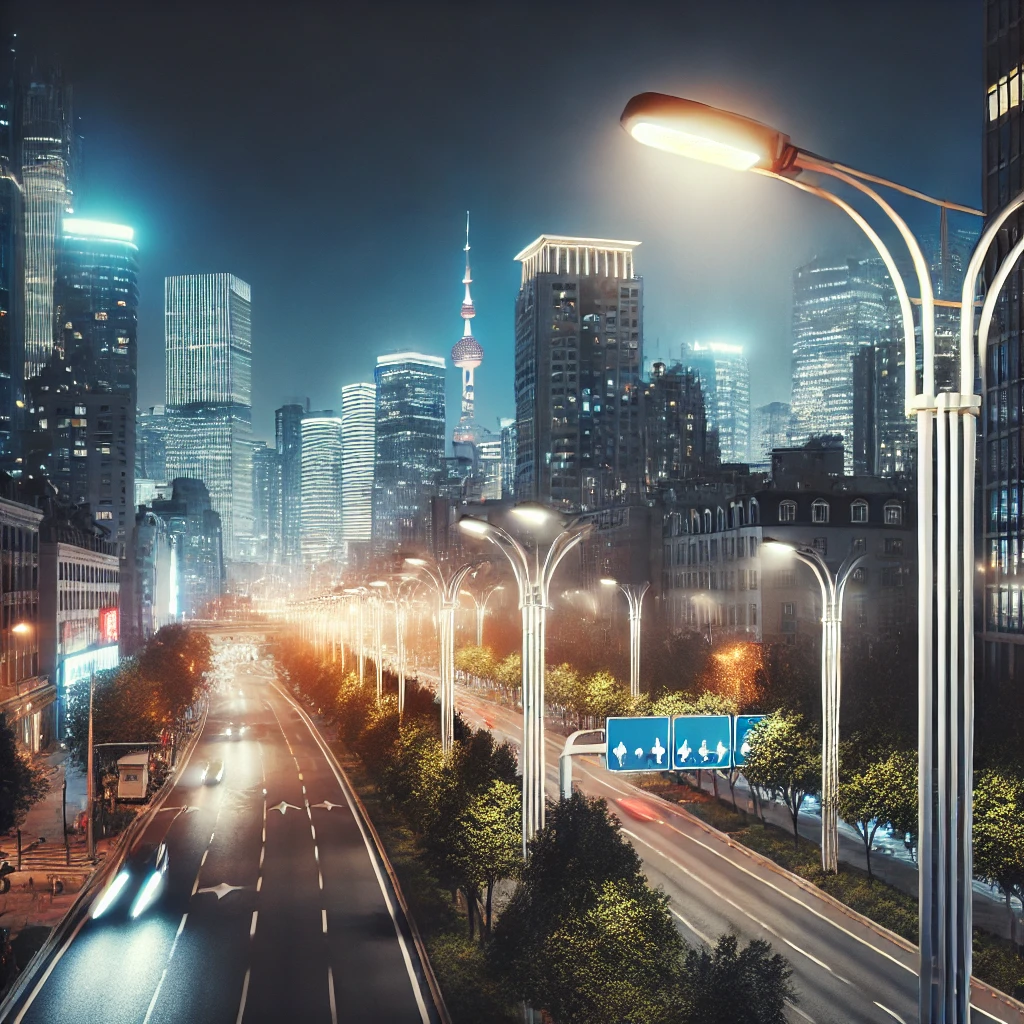
Imagine walking down a city street bathed in bright, energy-efficient light that also cuts electricity costs for the city. That’s the power of LED streetlights—they last longer, shine brighter, and help keep our streets safer.
3. Industrial and Architectural Lighting
LEDs aren’t just functional; they’re stylish too! Architects and designers love them for their versatility, using them in everything from skyscrapers to futuristic art installations.
4. Solar-Powered LED Technology
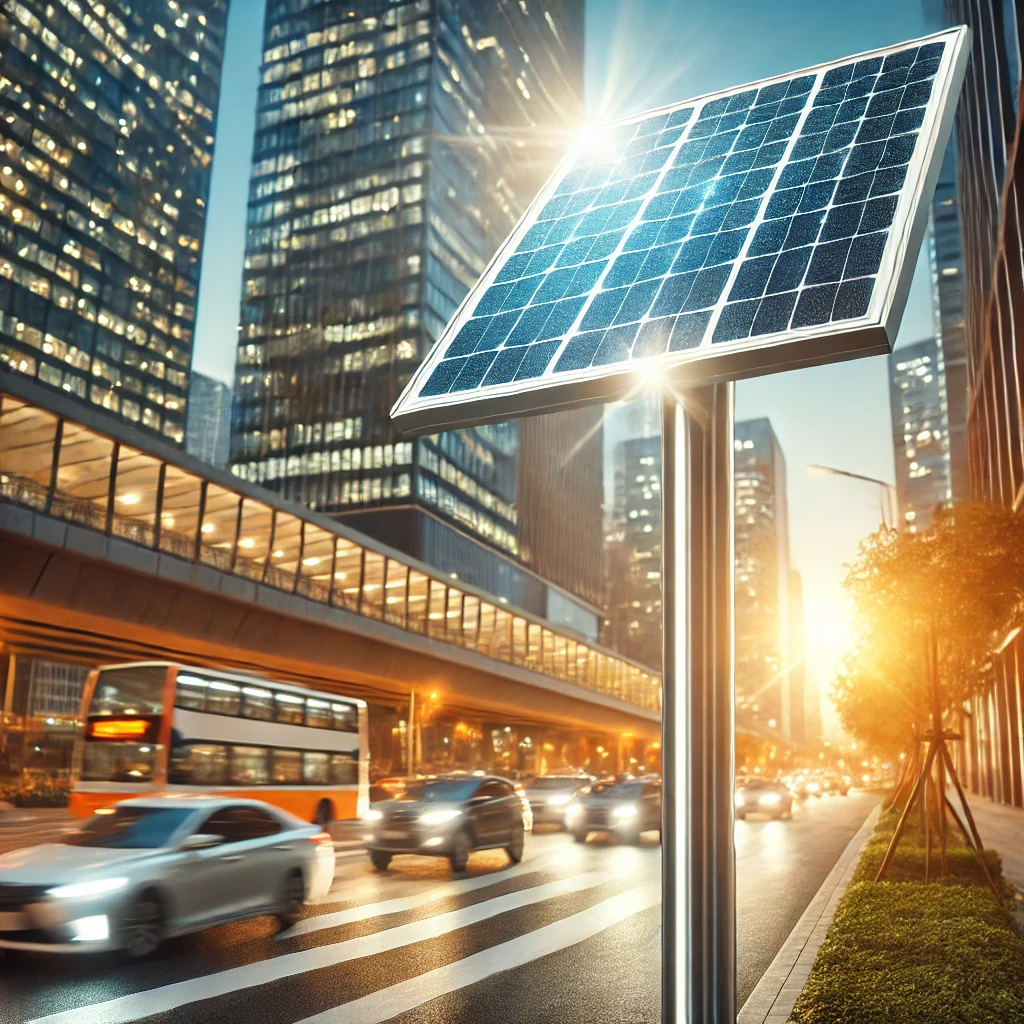
What happens when you combine the sun’s energy with LED efficiency? You get solar-powered LED streetlights, a match made in sustainability heaven!
The Economic Benefits of LED Technology
1. Lower Energy Bills
Who doesn’t love saving money? Switching to LEDs can cut your electricity bills by up to 75%—that’s extra cash for vacations, fancy coffee, or, you know, more LED lights!
2. Government Incentives and Rebates
Good news! Many governments offer incentives for switching to LEDs, making the switch even more budget-friendly. It’s like getting paid to save the planet!
3. Reduced Maintenance Costs
With LEDs lasting 25 times longer than traditional bulbs, you’ll spend less time on ladders changing bulbs and more time enjoying their glow.
Challenges and Future Trends in LED Technology
1. Initial Cost vs. Long-Term Savings
Sure, LEDs cost a bit more upfront, but think of it as an investment—one that pays you back in energy savings and longevity.
2. Advancements in LED Technology
LED tech is getting smarter every day! From color-changing bulbs to lights that sync with your music, the future of LEDs is looking pretty bright.
3. Smart Lighting Integration
Imagine your lights adjusting automatically based on daylight levels or dimming when you leave the room—LEDs make smart home dreams a reality!
Frequently Asked Questions (FAQ)
1. How much energy do LED bulbs save compared to incandescent bulbs?
LED bulbs use up to 80% less energy, which means big savings on your electricity bill!
2. Are LED lights environmentally friendly?
Absolutely! No toxic materials, 100% recyclable, and a lower carbon footprint—LEDs are the eco-friendly champs of lighting.
3. Do LED lights last longer than other types of bulbs?
Yes! With a lifespan of up to 50,000 hours, LEDs can outlast a traditional bulb by decades.
4. Can LED technology be used in smart home systems?
Of course! Smart LEDs can be controlled via apps, voice assistants, and even programmed for different moods and activities.
5. Are there government incentives for switching to LED technology?
Yes! Many governments offer rebates and incentives to encourage people to switch to LED lighting.
Conclusion: The Bright Future of LED Technology
LED technology isn’t just about lighting—it’s about making the world a brighter, more sustainable place. From cutting energy costs to reducing waste and enhancing our daily lives with smart features, LEDs are the future of lighting. If you haven’t made the switch yet, what are you waiting for?
Upgrade to LED Technology Today
It’s time to say goodbye to old, inefficient bulbs and hello to the bright, energy-saving magic of LED technology. Ready to make the switch? Find a trusted LED provider and start your journey toward a brighter, greener future today!
Sources
- U.S. Department of Energy – https://www.energy.gov
- International Energy Agency – https://www.iea.org
- Environmental Protection Agency – https://www.epa.gov


